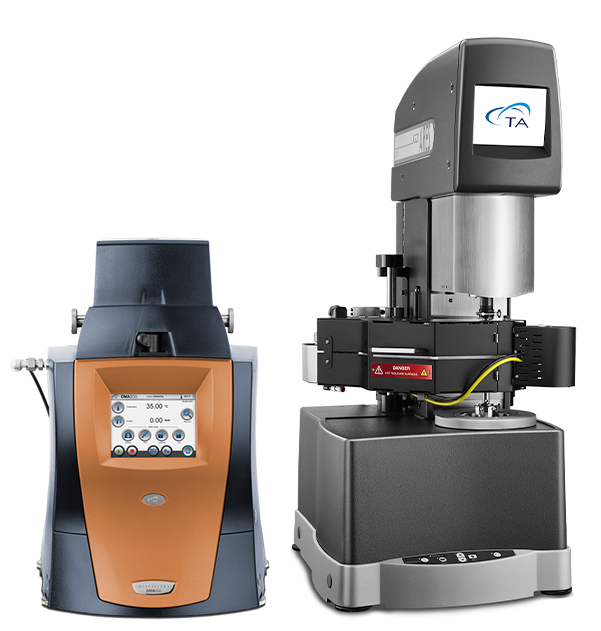Battery Poster Download
Poster New Insights using Isothermal Calorimetry and High Precision Cycling Authors: Vincent L. Chevrier, Larry J. Krause, Steven Recoskie, Dean D. MacNeil, Zilai Yan, Mark N. Obrovac Institution: Cyclikal Technology: TAM IV Calorimeter Parasitics and Lifetime Predictions in Commercial Cells High precision isothermal microcalorimetry and coulometry were performed at various temperatures on commercial 18650s allowing…
Details










